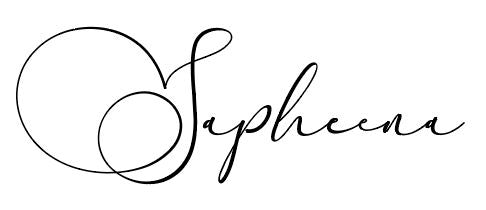
What is Forever One Moissanite?
Natural Moissanite, was first discovered by the Nobel prize winning chemist Henri Moissan in the Canyon Diablo meteorite in Arizona in 1893. Henri Moissan discovered microscopic particles of the gem in the meteorite, which was later identified as SiC (Silicon Carbide). However, natural moissanite is extremely rare and hard to find in nature. It took scientists many years to finally grow these extremely rare silicon carbide crystals. In 1905 Kunz applied the name moissanite to the natural mineral in Moissan’s honor.
Charles and Colvard were the first to lab grow the finest Moissanite in the market in 1995. They call it the Forever One colorless, Forever One near-colorless, and Forever brilliant moissanite. They all contain the same fire and brilliance but differ in color and price.
Charles and Colvard were the first to lab grow the finest Moissanite in the market in 1995. They call it the Forever One colorless, Forever One near-colorless, and Forever brilliant moissanite. They all contain the same fire and brilliance but differ in color and price.
Moissanite is considered to be the second hardest gemstone with a hardness of 9.25 on the Mohs scale. Meaning that it is more durable and scratch-resistant than any other popular gemstone (e.g., sapphires, rubies, and emeralds) and perfect for daily wear. Looking at a diamond you typically notice both brilliance (white light return) and fire (colored flashes). Moissanite, like a diamond, also displays similar optical characteristics but typically has more fire compared to diamond. Although, distinguishing diamond from moissanite based on fire is not reliable and recommended, it is easier to see their differences on larger stones.
While moissanites are labeled as “colorless”, the gem can still project a yellow or grayish hue in certain lights. Hence, the larger the moissanite, the more noticeable the color.
While moissanites are labeled as “colorless”, the gem can still project a yellow or grayish hue in certain lights. Hence, the larger the moissanite, the more noticeable the color.
On the other hand, a colorless diamond, whether natural or lab-created, has a natural body color that contains no traces of yellow, brown, or grey, resulting in a dazzling, bright white appearance. The best part of Moissanite is that it is absolutely Conflict-Free, since all moissanites are grown in a controlled laboratory environment and were not mined. They are by far more affordable than natural or lab-grown diamonds and vary in price based on size whether they are generic or a brand name. On the other hand, natural or lab-grown diamonds are priced on shape, size, carat, cut, color and clarity. So, all in all, Moissanite is the best high-quality affordable diamond alternative in the market.



